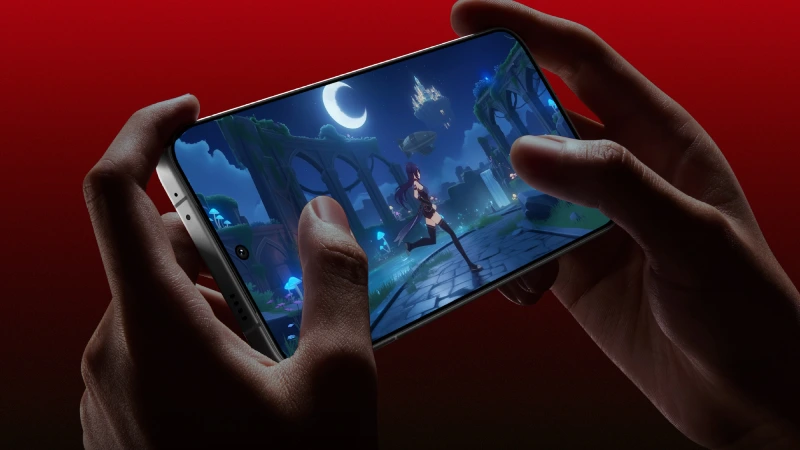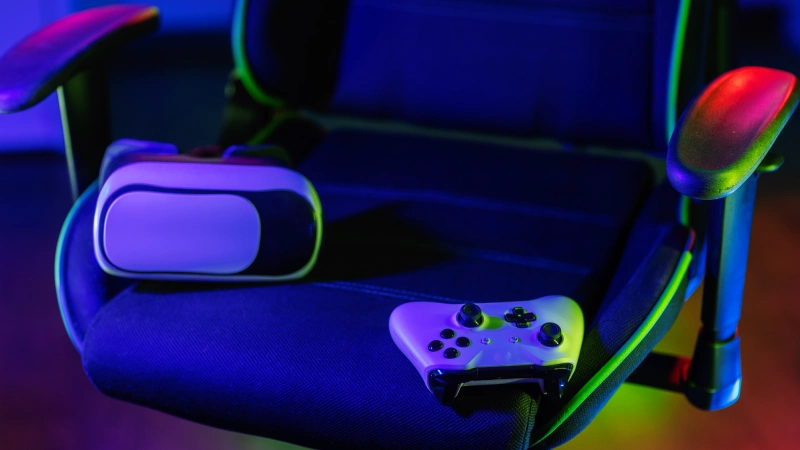Table of Contents
Highlights
- Indie games like Lumen Grove and Hollow Signal focus on tightly edited narrative and puzzle design that fit short sessions.
- Echo Lane and Neon Cartographer deliver high replay value through social echoes and tactical roguelite mechanics.
- Pocket Atelier and Verdant Pact showcase creative sandboxes and emergent systems optimized for mobile.
2025 has been a year when indie creativity reshaped what mobile gaming feels like: concise designs, striking aesthetics, and mechanics that respect short sessions while offering surprising depth. This article focuses on the games themselves, the titles that defined the year on iOS and Android, how they play, what they try, and why they matter for players who want compact but memorable experiences.
Lumen Grove: A contemplative puzzle-adventure
Lumen Grove opens with an unadorned interface and a soundtrack that rewards quiet attention. The game places the player in a small, evolving island where light is both currency and a narrative device. Each short chapter centers on a single tactile puzzle that uses touch gestures, dragging light streams, pinching to fold shadows, and tracing paths to awaken flora.

The core strength of Lumen Grove is its restraint: puzzles are never busy, and every solution reveals a fragment of the island’s history through environmental cues rather than text.
On mid-range phones, the adaptive performance keeps frame pacing steady; on flagship devices, the soft bloom and particle-led lighting give the world a luminous, handcrafted quality.
Lumen Grove is ideal for players who treat mobile play as a series of meditative pauses; it is less about challenge and more about measured discovery, and its chapter structure makes it easy to complete satisfying beats in five- to ten-minute bursts.
Echo Lane: Asynchronous arcade with social echoes
Echo Lane reimagines short-form competition by giving players the ability to leave “echoes,” short ghost runs that other players can challenge later. Matches last under a minute, and the brilliance of Echo Lane is how it turns commuting time into a rotating ladder of local and global challenges. Controls are deliberate and designed for tap-and-swipe precision; haptic cues mark windows for skillful inputs.
The progression loop uses cosmetic rewards and a modest seasonal pass, but the core competitive fun comes from reading other players’ echoes and learning playstyles rather than grinding stats. Echo Lane excels as a pick-up-and-play adrenaline hit: it’s immediate, social without being intrusive, and built around short sessions that still respect time invested. For players who want quick hits of rivalry, Echo Lane’s lobby system and replay-sharing make it one of the more addictive indies of the year.

Rumble Garden: Rhythm-platform hybrid with procedural beats
Rumble Garden blends rhythm mechanics with procedurally stitched platforming segments. Levels are short, music-driven runs in which obstacles and enemy patterns adapt to the player’s timing; the engine smooths latency and runs an adaptive audio stack so that even on less powerful hardware, the beat remains reliable. The result is a game that feels fair: checkpoints are frequent, and the design errs on the side of momentum, so failure is corrective rather than punitive.
Rumble Garden is visually captivating, featuring single-pixel art surrounded by powerful animations that are perfectly readable even on small screens. What gives it uniqueness, along with its drawing on the immediacy of upbeat games and the exploratory nature of platformers, is that each level unveils alternative ways for players who make the right moves, thus rewarding those skilled in both rhythm and path. The monetization model is premium, with tiny optional cosmetic packs that focus on skill progression rather than gating.
Daylight Post: Slow-burn narrative sim
Daylight Post is a daily-life sim that tells an interpersonal story across micro-quests. Players manage a modest mailbox-forwarding business, and the game uses low-pressure timers and narrative choices to build relationships with recurring characters. The charm of Daylight Post lies in its patient pacing: little dialogues, quiet dilemmas, and letter-driven mysteries surface slowly over weeks of play.

The design is deliberately simple, and the animation takes the form of tiny, expressive vignettes that portray the characters’ actions and emotions without occupying too much screen space. It is a game for players who like to indulge in the slow process of scoring and the gentle management of resources; it very rarely requires more than a couple of minutes of your day, but it will soon spin into a very moving narrative.
The different prices and the episodic buy-in philosophy mean that the game is available not only in markets where people can afford to pay a little more or a little less, but also to both core narrative lovers and casual players.
Neon Cartographer: Tactical roguelite with map manipulation
Neon Cartographer distills tactical roguelite design into compact runs where the map itself is a manipulable resource. Players rotate, flip, and graft map tiles to create corridors, funnel enemies, or trigger chain reactions. Each play session lasts 10–20 minutes, but the strategic depth is considerable: resource pacing, tile synergies, and artifact selection shift from run to run.
The art direction is neon-soaked but minimalist, making readability on small screens exceptional. Controls are optimized for taps and long presses, and the UI carefully avoids clutter while exposing meaningful information.
Neon Cartographer’s difficulty curve is pleasantly steep, with meta-progression systems that reward repeated investment without demanding long daily sessions. Frequent content updates and community-driven challenge ladders balance its premium price.

Pocket Atelier: Creative toy with community sharing
Pocket Atelier is not really a game per se; instead, it is a very advanced creative sandbox with minor puzzles: players create small-scale mechanical dioramas using interlocking parts that each have their own mechanics. However, the main feature of the game is the sharing economy model that attracts players most: players post their work in a public gallery, tag it with words that describe it, and others can either take it and use it or alter it.
The social mechanics are gentle and opt-in, with likes and constructive critique driving discoverability. The engine is lightweight yet expressive, and physics interactions are simulated deterministically, so creations behave consistently across devices. Pocket Atelier is perfect for players who enjoy tinkering and community curation; it rewards curiosity and playful experimentation rather than formalized goals.
Hollow Signal: Micro-noir detective puzzles
Hollow Signal packages compact detective stories into self-contained cases that resolve in 15–30-minute sessions. Players collect audio snippets, timestamped clues, and short witness statements, reconstructing sequences on a simple timeline UI. The game’s writing is sharp, and sound design carries the majority of the mood. Muffled cityscapes, distant sirens, and whispered testimonies create an immersive noir tone on small speakers.

Hollow Signal’s puzzles are logical rather than obtuse, and the UI supports rapid scanning so that mobile players aren’t bogged down by dense information. The game monetizes via episodic case packs, each priced reasonably; this model suits players who want discrete narrative payoffs rather than open-ended subscription content.
Verdant Pact: Environmental puzzle with procedural growth
Verdant Pact builds puzzles around an ecological simulation in which players coax plant life through light, water, and nutrient flows. Levels are modular gardens that react to player interventions in surprising ways: a trimmed vine may reveal a hidden mechanism; a redirected stream can awaken dormant seeds.
The procedural growth system runs efficiently on mobile hardware and yields emergent setups that keep mid-run discoveries fresh. Verdant Pact is both a puzzle game and a little ecological toy; players learn the system rules through observation and gentle experimentation.
It’s an excellent example of how indies in 2025 build layered experiences out of a few interacting systems, producing satisfying emergent moments without long playtimes.

Closing note on these titles
The four games mentioned above approach mobile design through a specific limitation: provide the user with something significant in short sessions and, at the same time, leverage the latest mobile features to deepen immersion.
The best games of 2025 succeed in doing this by introducing the player through social echoes, procedural rhythm, or micro-narratives to short but meaningful playtime. For those who want to taste the most curious spots of mobile gaming in 2023, these games share three traits: immediacy, craft, and replay value, all packed into small units that yield curiosity and repeated interaction as their main rewards.